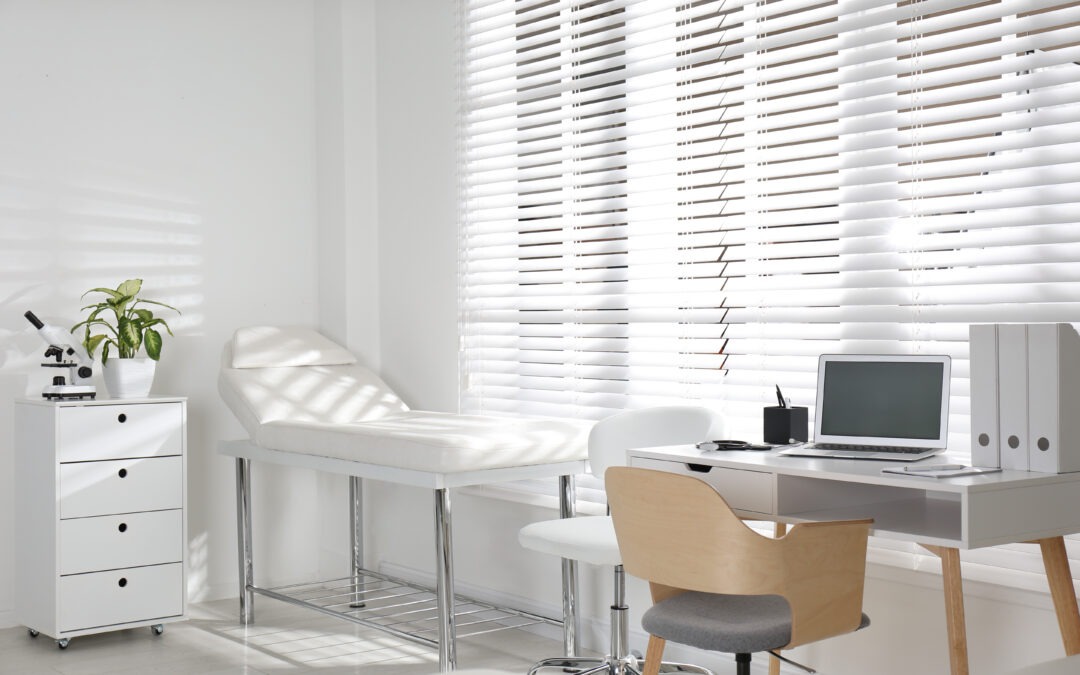The design of a medical office is critical as it plays a vital role in patient experience and satisfaction. It is important to consider the needs and comfort of both patients and staff. The design of a medical office should be able to support and improve the quality of care that the office provides. Get familiar with these principles of medical office interior design so you can help create a comfortable and inviting space for patients.
Increase Comfort and Privacy
The design of a medical office should prioritize the comfort of patients, which is especially important for patients who may feel anxious or nervous during their visit. Waiting areas should be designed to promote relaxation and reduce stress levels. Comfortable chairs and couches, soothing music, and natural light can make patients feel at ease.
Privacy is also important in a medical office. Patients should feel like their privacy is being respected and that they have a confidential space to discuss their health concerns with their doctor. This can be achieved by providing private rooms for consultations and examinations, installing soundproof walls and doors, and utilizing curtains and screens when necessary.
Incorporate Technology
Technology has significantly changed the medical industry, and medical offices need to incorporate technological advancements into their design. Technology can streamline processes, improve accuracy, and provide a better experience for patients. This includes implementing electronic health records (EHRs) and providing access to Wi-Fi, charging stations, and telemedicine options.
Accessibility and Safety
Medical offices that are designed with accessibility and safety in mind will be easily ADA compliant. The office should be easily accessible to all patients, including those with disabilities. Consideration should be given to wheelchair accessibility, ramps, and elevators. Additionally, the office should be designed to reduce the risk of falls and injuries. This can be achieved by using non-slip flooring, installing handrails, and avoiding tripping hazards.
Promote a Healing Environment
Medical office interior design can play a significant role in the healing process. A medical office should promote a peaceful and calming environment that promotes healing. This can be achieved through the use of natural light, soothing colors, and artwork that promotes relaxation. Comfortable furniture can also promote healing by allowing patients to feel relaxed and at ease while in the office.
Lighting is also an important factor in creating a healing environment. Lighting should be adjustable, allowing for a variety of lighting levels to be used depending on the need. Natural light should also be incorporated when possible, as it has been shown to have a positive impact on mood and well-being.
Innovative Design
Medical office design has evolved over the years, with new and innovative designs being introduced to improve patient experience and promote healing. One such design is the use of biophilic design, which incorporates natural elements such as plants and water features to promote relaxation and a sense of well-being. Another design trend is the use of flexible spaces that can be easily reconfigured to meet the needs of patients and staff.
Designing a medical office that provides comfort and privacy for patients, incorporates technology, promotes a healing environment, and is accessible and safe is critical for the success of the office. By incorporating these principles, your medical office interior design can create an inviting and relaxing space that promotes the health and well-being of patients and staff alike. Ready to transform your medical office into a healing oasis for your patients? Marathon Building Environments can help. Contact one of our Solutioneers to learn more.

